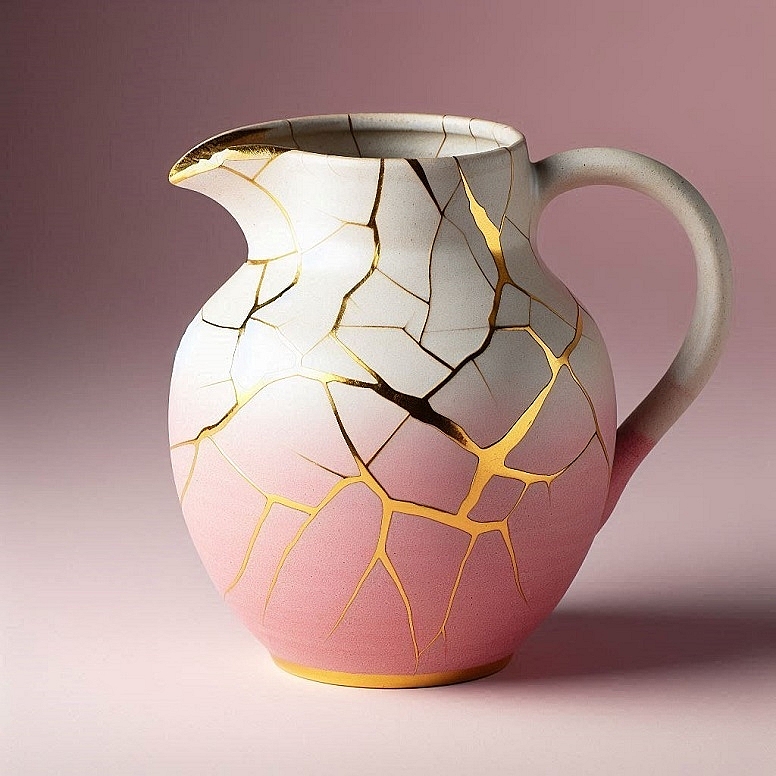
The Timeless Interaction Between Aesthetics and Impermanence

**The Decay of Beauty: Exploring Art Through Time and Mortality at Colnaghi Gallery**
LONDON — The Colnaghi Gallery’s latest exhibition, *The Decay of Beauty. The Beauty of Decay*, provides an intriguing exploration of two universal yet opposing concepts: beauty and decay. Curated by independent curator Alfred Kren and featuring a remarkable selection of private collections, the exhibit spans a broad historical and geographical range, from ancient Rome and Egypt to contemporary art. This diverse curation presents an opportunity to reflect on the transient nature of beauty, the inevitability of decay, and how various cultures and time periods approach these themes.
At first glance, the mixture of artifacts and artworks from diverse times and places in a commercial gallery could appear to be a clever strategy to sell eclectic pieces. However, this is not the case here. Kren initially proposed this concept for a museum, and through Colnaghi Gallery, he has successfully combined several rare, privately-owned pieces to reflect a shared sensibility. In this intimate space, associations emerge less from calculated comparison and more from the thoughtful, sometimes eerie juxtaposition of works.
### Juxtaposition as a Tool of Discovery
Instead of focusing on superficial similarities in iconography or form, the exhibition invites viewers to discover pleasure in how widely contrasting sets of artworks share a contemplative reflection on decay or temporality. One particularly striking comparison includes works that are centuries apart but eerily complementary in their atmosphere. In one montage, a scholar’s rock from China (17th–18th century) finds itself beside Catherine Murphy’s hyper-realistic pencil drawing *Swept Up* (1999)—a rendering of floor debris. The two objects, born from vastly different aesthetic traditions, both represent elements of natural disorder, becoming unexpected companions through their form and texture.
This type of thoughtful arrangement reappears throughout the exhibition, as sculpture, painting, and drawing find new life when viewed in relation to one another. The mix of artworks is balanced between being educational and unsettling, constantly reminding the audience of the exhibition’s central themes: the ephemerality of beauty and the universality of decay.
### Symbolism of Death and Wrath in Global Art
The notion of death permeates the display, with a fascinating assembly of objects that evoke different cultural attitudes toward mortality. A particularly captivating grouping explores the portrayal of death and the afterlife through distinct religious and cultural lenses.
One display centers around Frans Francken the Younger’s painting *Death and the Miser*, a cautionary work in which a skeleton plays an ominous tune to a startled elderly man surrounded by his material wealth. Nearby is a 19th-century Mongolian *Citipati* figure, representing wrathful deities personified as dancing skeletons, along with a 16th-century Tibetan ritual skull cap, or *Kapala*, crafted from a real human cranium. These objects differ dramatically in origin and purpose, yet they evoke similar feelings of unease and confrontation with death. Each piece embodies culturally specific attitudes toward mortality, whether it be a moral lesson, a symbol of eternal wrath, or a ritual tool for confronting the impermanence of the human body.
### Idealized Bodies, Imperfect Realities
A particularly poignant segment of the show dives into the representation and deconstruction of the human body throughout history. This theme finds expression in one of the exhibition’s most evocative rooms, which juxtaposes drastically different interpretations of the body. The Roman *Statue of Asclepius*, a quintessential representation of physical idealism, is placed alongside works that challenge or reflect more fragmented versions of the human form. These include a small sketch by Fantin-Latour, and Catherine Murphy’s hyper-realistic, cropped painting *Harry’s Nipple* (2003). Meanwhile, Maria Lassnig’s highly abstract and vibrantly colored *Pale in Spirit* adds a modern, complex take on bodily representation, suggesting shifting perceptions of beauty. By placing these works together, the exhibition prompts viewers to reflect on humanity’s enduring attempts to capture the physical ideal, while simultaneously acknowledging the gradual decomposition of the same form through time.
### A Curatorial Victory in Concentration
Given the profound themes it addresses, *The Decay of Beauty. The Beauty of Decay* benefits immensely from the confined space of the Colnaghi Gallery. The intimate size of the exhibition acts as an asset, allowing viewers to engage deeply with each individual piece and the meaning it conveys. By concentrating its scope, the show achieves something remarkable—viewers are consistently presented with thought-provoking pairings and dialogues between works, promoting contemplation rather than overwhelming volume.
This sensitive curation stands in contrast to many gallery shows that place commercial concerns above the creative interpretation of their themes. Kren’s dedication to his conceptual vision and Colnaghi’s commitment to realizing it ensure that the exhibition remains free of overt salesmanship, focusing instead on offering a fulfilling emotional and intellectual experience.
### Conclusion: An Uncommon